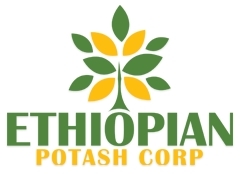Ethiopia’s PM Hints of Potential Oil Discovery
Meles Zenawi, Prime Minister of Ethiopia hinted of a potential oil discovery in the next year. The Prime Minster made the claim while addressing participants of the Ethiopia Investment Forum which was a side event to the 22nd World Economic Forum on Africa.
There are investment opportunities in the extractive industry including oil exploration told Meles to more than 200 domestic business leaders and as many international corporate CEO’s.
The Prime Minister claimed that Tewodros Ashenafi, Founder, Chairman and Chief Executive Officer of South West Energy will be the bearer of good news.
Add a comment Add a comment 16.67% to 51%.
16.67% to 51%. 



